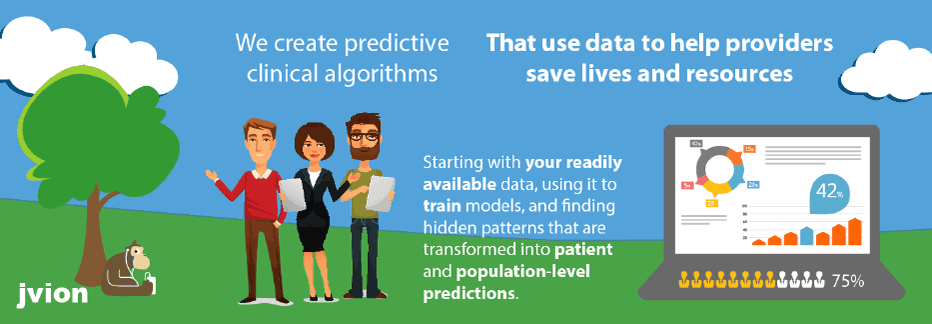Hospital acquired conditions have
been a stone in the shoe of the healthcare industry. Inspite of extensive
sterilization or quarantining, even a minor error can be disastrous for a
patient. Considerable resources are being spent on pressure ulcer prevention, a
technical name for bedsores. These resources could be optimized and can be
allocated to other areas where the need is greater. Predicting hospital acquired
infections is becoming more critical every day. Fortunately with RevEgis predicting
hospital acquired conditions has become easier for healthcare providers.
What is RevEgis? It is a holistic
software application that predicts patient conditions and possible risk
factors. It is a data analytics system that incorporates deep machine learning
to provide the most optimized solution for patients, as well as institutions.
The software application is not a replacement formedical diagnoses but it helps
healthcare providers make better clinical decisions. The resulting ability to
predict hospital acquired infections helps save crucial hospital
resources and lives.
re providers.
